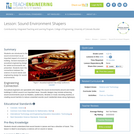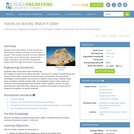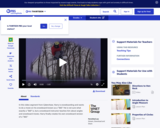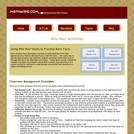(Nota: Esta es una traducción de un recurso educativo abierto creado por el Departamento de Educación del Estado de Nueva York (NYSED) como parte del proyecto "EngageNY" en 2013. Aunque el recurso real fue traducido por personas, la siguiente descripción se tradujo del inglés original usando Google Translate para ayudar a los usuarios potenciales a decidir si se adapta a sus necesidades y puede contener errores gramaticales o lingüísticos. La descripción original en inglés también se proporciona a continuación.)
Este módulo de 20 días introduce puntos, líneas, segmentos de línea, rayos y ángulos, así como las relaciones entre ellos. Los estudiantes construyen, reconocen y definen estos objetos geométricos antes de usar su nuevo conocimiento y comprensión para clasificar las cifras y resolver problemas. Con la medida de ángulo que juega un papel clave en su trabajo a lo largo del módulo, los estudiantes aprenden cómo crear y medir ángulos, así como crear y resolver ecuaciones para encontrar medidas de ángulo desconocidas. En estos problemas, donde el ángulo desconocido está representado por una letra, los estudiantes exploran ambos midiendo el ángulo desconocido con un protractor y razonamiento a través de la resolución de una ecuación. A través de actividades de descomposición y composición, así como una exploración de la simetría, los estudiantes reconocen atributos específicos presentes en figuras bidimensionales. Desarrollan su comprensión de estos atributos a medida que clasifican las figuras bidimensionales basadas en ellas.
Encuentre el resto de los recursos matemáticos de Engageny en https://archive.org/details/engageny-mathematics.
English Description:
This 20-day module introduces points, lines, line segments, rays, and angles, as well as the relationships between them. Students construct, recognize, and define these geometric objects before using their new knowledge and understanding to classify figures and solve problems. With angle measure playing a key role in their work throughout the module, students learn how to create and measure angles, as well as create and solve equations to find unknown angle measures. In these problems, where the unknown angle is represented by a letter, students explore both measuring the unknown angle with a protractor and reasoning through the solving of an equation. Through decomposition and composition activities as well as an exploration of symmetry, students recognize specific attributes present in two-dimensional figures. They further develop their understanding of these attributes as they classify two-dimensional figures based on them.
Find the rest of the EngageNY Mathematics resources at https://archive.org/details/engageny-mathematics.
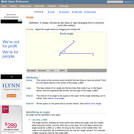
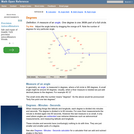
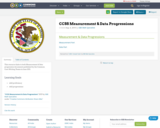
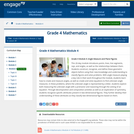

![OREGON MATH STANDARDS (2021): [4.GM]](https://img.oercommons.org/160x134/oercommons/media/courseware/lesson/image/13138_ODE_Math_Logo_2018-H_color_BvjqVNy.png)

